Violinist Callum Smart explains how the pandemic prompted him to transfer his teaching to the online sphere
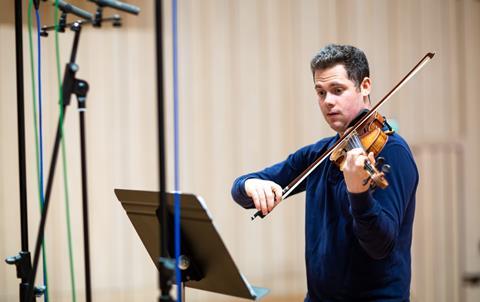
When the quarantine for COVID-19 began, I, as well as countless musical colleagues, was wondering how I would continue to be creative and offer value in the craft that I had dedicated my entire life to, without being able to perform on stage.
Days were passing at home feeling disconnected from everyone, missing performing great music and the feeling of discovery and experimentation in rehearsals.
Having this craving to continue sharing my love for music and the violin with a temporarily inaccessible public, I started looking into ways to connect with the emerging virtual audience. I could see how many incredible live stream concerts were happening, so I jumped straight in and started ‘going live’ on Instagram myself almost every week. Through this, I was able to connect with many musicians all around the world, who were similarly dying for the chance to discuss or share their art.
In the comment section of almost every performance video, I noticed that there were so many questions regarding violin technique from all ages and levels of experience. I realised that creating a place where people could be curious and ask questions on my own social media platform would be an amazing way to connect with people in a very open and honest way. It would be an opportunity to share with them my own performance experiences and the technical knowledge that I have been lucky enough to inherit from wonderful teachers such as Mauricio Fuks and Ana Chumachenco.
When I first began filming clips for Instagram, I would record a 1 minute clip of my playing, and in the caption I would give some details or tips. I could see people found this helpful, but there were still seemingly so many unanswered questions. As the weeks rolled on and I was engaging with people directly through messages and comments, I started to delve deeper into how I could provide the most detailed and complete ‘snapshot’ of information.
That brought with it experimentation of video angles, from angles showing the back of the left hand thumb to close-up slow motion clips of my right hand for a Martele stroke! I wanted to make myself fully vulnerable in this process, to show my audience that just as I was experimenting with finding new ways of providing useful and actionable content for them, I was also experimenting myself with my own playing and development, and that these two things were absolutely connected.
Read: 10 tips for profitably teaching music lessons online
Read: 5 benefits to teaching online by violinist Rodney Friend
Read: How to set yourself up as an online string teacher
For me, the moments where I have improved or evolved the most have been those moments where I’ve shut out the voices of others and have undergone total experimentation alone in the practice room, giving myself the permission and freedom to explore.
I believe this freedom to explore is one great quality emerging from the online education sphere, with so many amazing voices now sharing their craft in ways you would have never dreamed of before!
Of course, that is not to say that in-person teaching should be replaced, as I definitely believe it is an essential part of the education of a violinist; rather, when online education is used in a supplementary capacity, it can yield enormous value.
Gone are the days where there was only one way to play, look, learn, or be. It is my hope to do my part in advocating for new ways of accessing information and evolving violin playing, even if they have not traditionally been the ‘normal’ or most typical path.
I would invite anyone, whatever their level of experience or ability, to join me on Instagram @callumsmartviolin, or in real life, where I will be busy exploring the wonderful art of violin playing.
Callum Smart’s new CD, ‘Transatlantic’, recorded with pianist Richard Uttley, is out on 20 November on the Orchid Classics label

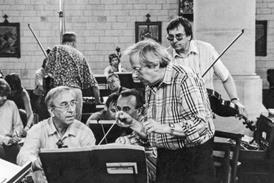
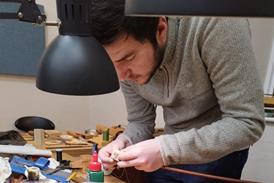
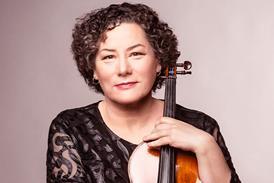
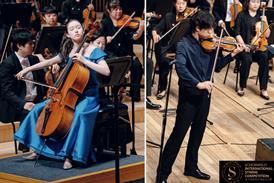
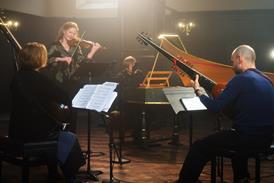
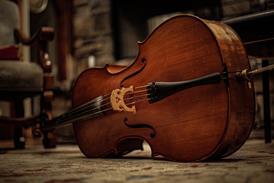




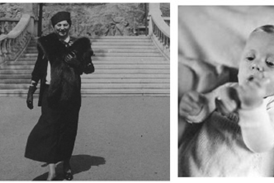
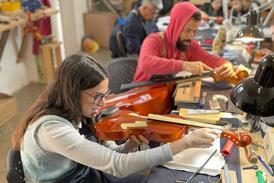
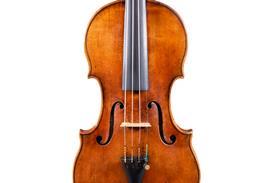
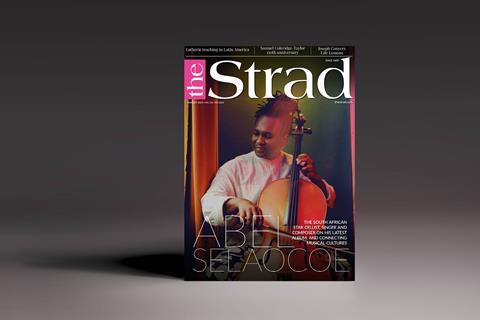



















No comments yet